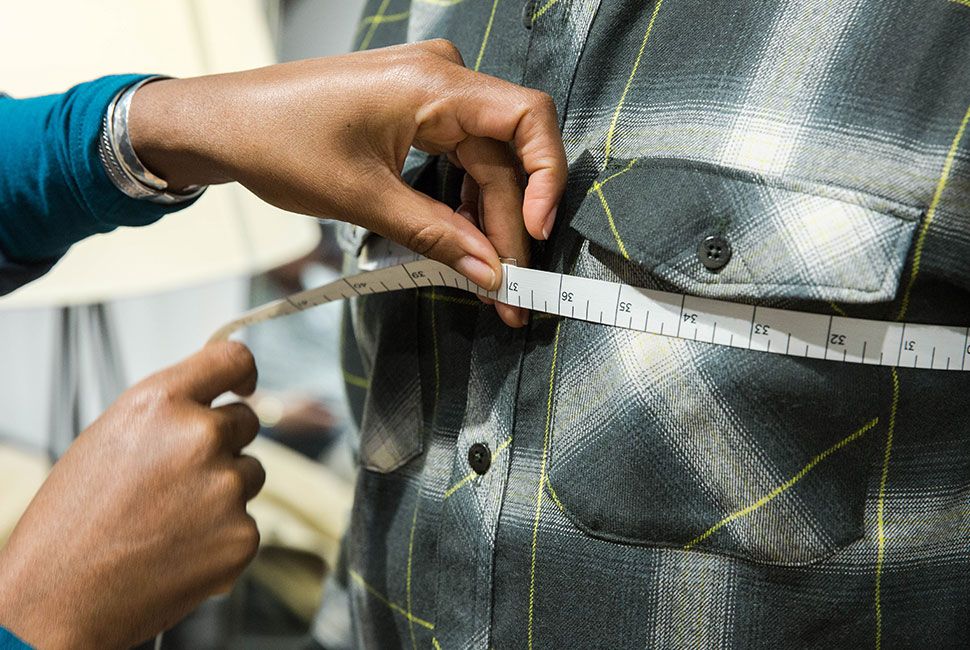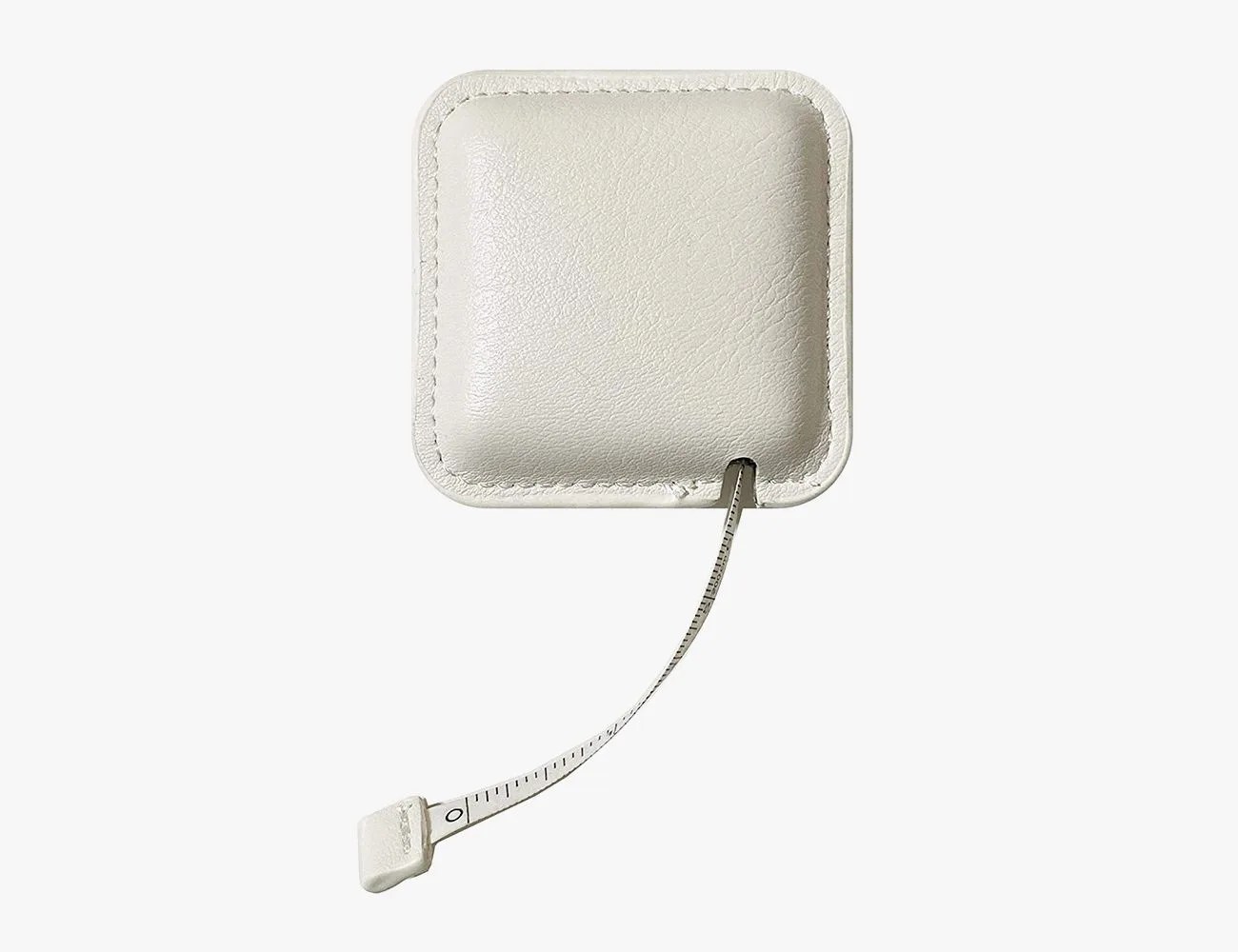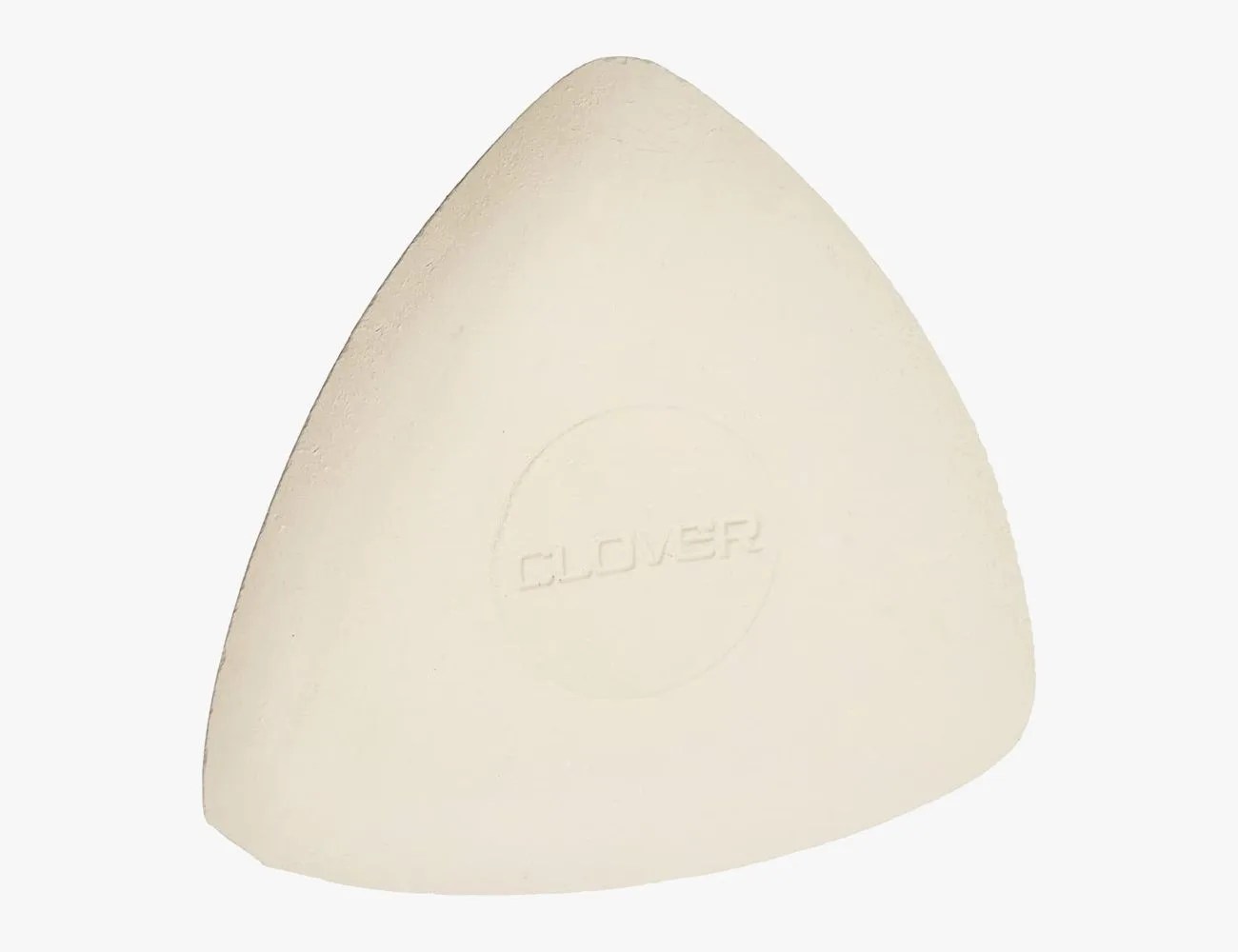When you’re trying to nail down the right size for clothing, it’s easy to morph into the math lady meme real quick. But instead of floating formulas for calculating the volume of a cone, it’s sizing charts for jackets and jeans. Letter sizing (S, M, L, XL, etc.) tries to simplify the process, but basically every brand has its own definition of those letters. Sizing between garments within a single brand complicates the issue even further. How often are you one size in a button-up shirt, but a different size in a T-shirt from the same brand?
Products in the Guide
Am I a Medium or Large? Why You Might Wear One Size from One Brand and a Bigger One from Another
Products described as true-to-size are, in my opinion, a waste of time for both the customer and the copywriter. Unless you’re talking about shoes with respect to a Brannock device, which is a hairy subject to begin with, true-to-size basically means nothing. There’s no empirical standard for a size medium, as far as I’m aware. Although you could take measurements of every human, graph the data, look at the bell curve and take the median value as the Scientific Size Medium™.
What Is Vanity Sizing? And, Why Does My Waist Measure Bigger Than My Jean Size?
Then, there’s the added variable of vanity sizing. Most often used when referring to jeans, vanity sizing is when a brand labels a pair of jeans as a certain numerical waist size when the true waist size measurement is different. For example, a pair of jeans labeled as a size 32 waist may actually measure 34 inches. This is mostly because jeans with lower rises measure larger than the natural waist size. Rather than label these lower-rise jeans as a 34, brands will play to the customer’s vanity and label them as a 32. I’ve got trust issues, y’all.
How Do I Always Order the Right Size?
That’s why I really only refer to the garment’s actual measurements. Though size charts have to be taken with a grain of salt since measurements are a reflection of a single copy of a garment, if not an average of several copies, seeing quantitative size descriptions is much more accurate than letter sizing. This is why it’s helpful to know your own body measurements.
Knowing your measurements proves helpful in sizing overall, but especially when shopping online. Because you’re not able to try clothes on before you buy them, you miss out on the realtime fit analysis. It’s more of a gamble with online retail. Whether it’s shopping for new stuff or secondhand and vintage, you’re more likely to avoid returning your new purchase if you have your measurements recorded.
You also should know the measurements of your favorite garments. If you have clothes that fit you well already, you can simply measure those and reference them as a baseline when shopping online. Your favorite garments implicitly tell you how you like your clothes to fit, but also give you other metrics your body measurements do not. For pants, this is the inseam, outseam, thighs, front and back rise, and the leg opening. For shirts and jackets, this would be shirt length and body width.




